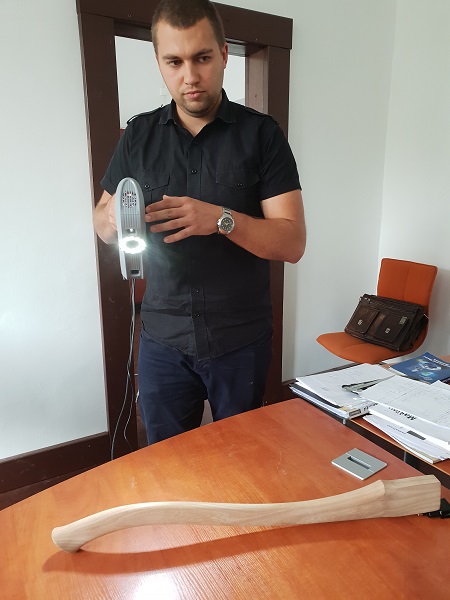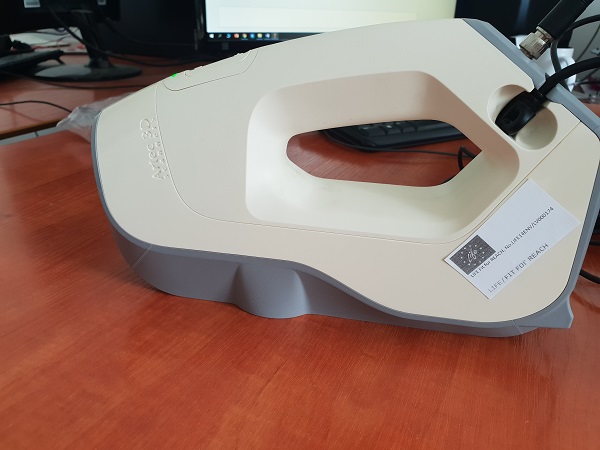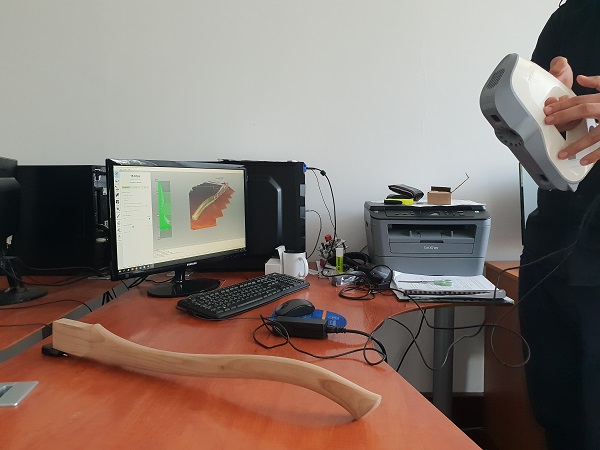3D image eliminates hazardous substances
It's hard to imagine that such a small design office as Temeso, which designs equipment and prototypes, and gives students-future engineers the opportunity to practice, could use hazardous substances in its daily work.
The company started to use hazardous chemicals when they decided to offer the quality control services to manufacturing companies. They were used in the design of conductors, templates and other measuring elements from composite materials.
Ironing boards can be mentioned as one of the examples. The design office Temeso was contacted by a well-known company Brabantia, which manufactures various metal products in Latvia, including ironing boards. The company wanted help to identify and prevent systematic inaccuracies in the production process. The finished products are not simply flat metal pieces, so controlling the quality is a rather challenging task. This can be done with a measuring conductor, such as a test equipment/desk or a template. In order to make it, the product must be covered with the epoxy resin composite and must be imprinted. Later, this imprint can be compared to other products or measurements can be made.
Epoxy resins contain substances that are toxic to the environment, may cause genetic damage and serious eye or skin irritation. In addition, not only the composition but also the smell they distribute is a matter of concern, so for this process to be safer separate office was rented.
New technologies
 This time the solution on how to get rid of hazardous substances was not, for example, the replacement of composites, but the acquisition of the new technology. Temeso bought 3D scanner Arteca Eva and the software needed for it to continue to provide quality control or other services without using hazardous epoxy resins.
This time the solution on how to get rid of hazardous substances was not, for example, the replacement of composites, but the acquisition of the new technology. Temeso bought 3D scanner Arteca Eva and the software needed for it to continue to provide quality control or other services without using hazardous epoxy resins.
Now to be able to create a measuring conductor for the above mentioned ironing board, it is no longer necessary to obtain an imprint. The product only needs to be scanned, the measuring imprint designed according to the picture and later milled from the metal.
 The company still learns all the nuances of working with the scanner and the processing of the files but it is already clear that they can forget about the time-consuming work with the hazardous composites and don’t need to rent an additional office.
The company still learns all the nuances of working with the scanner and the processing of the files but it is already clear that they can forget about the time-consuming work with the hazardous composites and don’t need to rent an additional office.
